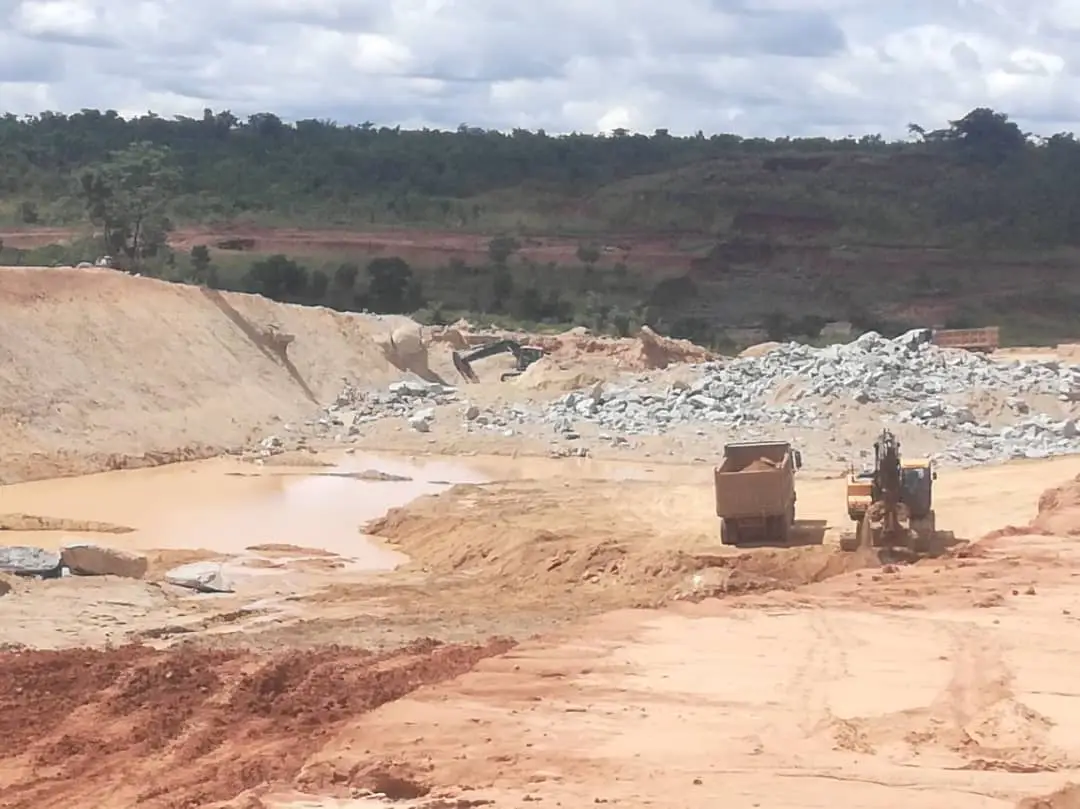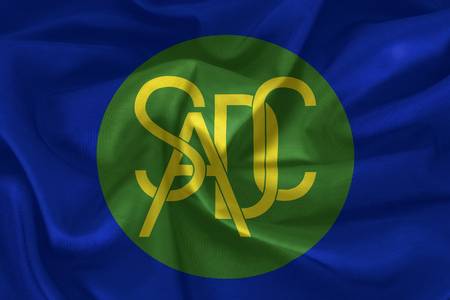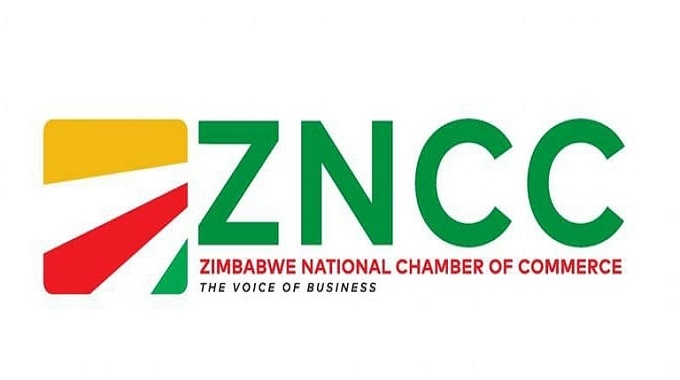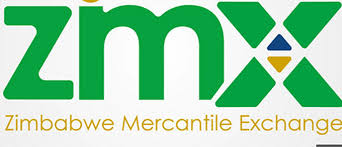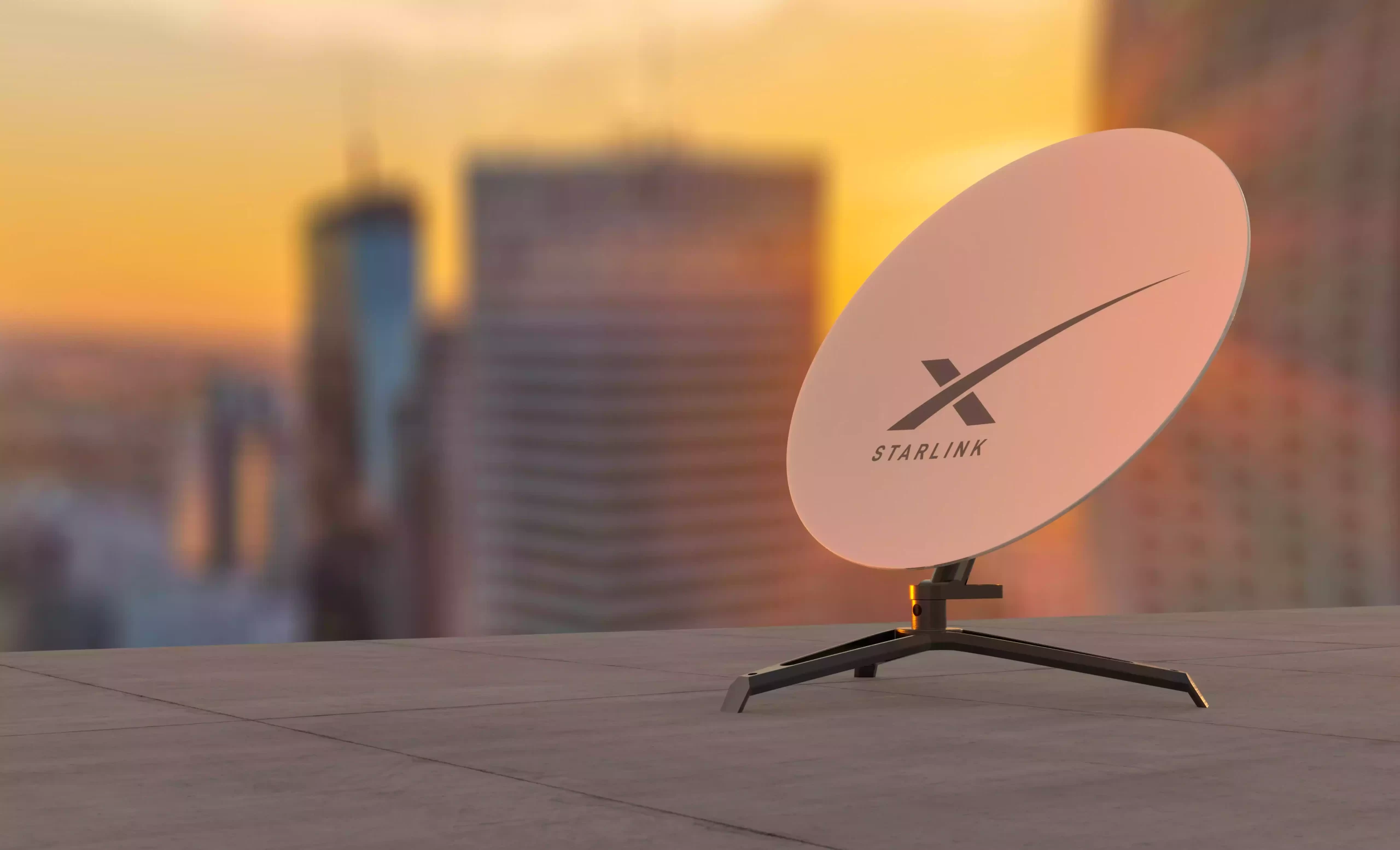Starlink creates new options for internet
Starlink has now moved into Zimbabwe after being granted its double licence early this month as a provider of network services, that is the signal from its low earth satellites can now be legally received in Zimbabwe, and as a national internet service provider so it can legally offer internet services on that satellite network to Zimbabweans.
These were obviously available if anyone had the equipment, but the Zimbabwean user was breaking the law until Starlink was licensed.
Starlink is selling a range of services using its ISP licence. For small businesses, a basic service for say a school or the standard residential package it is selling the service for those with the equipment for US$50 a month.
That gives a minimum of 25 megabits per second, Mbps, although if there is spare capacity it can be as high as 250Mbps. Those used to thinking in content, that is in bytes, get a minimum of around 3 megabytes per second.
There is also a Mini residential service for US$30 a month, and a speed of 10 to 100 Mbps, that is just over 1MB per second. Starlink does not sell in bundles, rather offering unlimited service for those fees with the limit being bandwidth.
Starlink have said they will limit sign-ons in each area so capacity is not exceeded and have warned that during peak demand the Standard users will get priority over Mini users.
It should be noted that Starlink use different fees for different parts of the world. That standard US$50 service in Zimbabwe goes for US$120 in the USA, where Starlink is headquartered, and across Africa and Asia fees range from a little under US$40 to around US$100. In August African fees were raised and there is no guarantee that the US$50 fee will remain constant.
Using the analogy of electricity metering it is offering power contracts, rather than energy contracts and so customers will be looking at what bandwidth they need when they choose a package. There are some additional factors.
For example someone with the standard and Mini contracts must be fairly close to their registered address, within 5km for a standard contract.
If they want to roam on the US$50 a month contract, that is carrying their kit around in the back of the car and set up anywhere and anytime in Zimbabwe they pay double, US$100 a month, but there will obviously be customers who want a portable satellite internet connection.
Regulator Potraz and Starlink have also, through the Potraz licensing conditions, set what amounts to a maximum price for the receiver, a combination of antenna and router plus the stand and cabling so you have wifi.
Starlink is allowed to sell directly plus is willing to sell through resellers, but the resellers need to be approved by both Starlink and Potraz.
So far Potraz have permitted Starlink to sell direct, that is ship the kits by DHL, and have opened the door to two resellers, Aura and TelOne that Starlink was prepared to have as agents. Two other Starlink approved resellers, Frampol and Dandemutande, have not yet been approved by Potraz. But there are three sources.
The profit margins on hardware appear to be limited. Starlink will ship direct the standard kit for US$373, that is US$350 for the kit plus an agreed DHL charge of US$23. The Mini kit will be US$223, with US$200 for the kit and US$23 for shipping.
The kits are thus a lot less than the US$700 to US$800 figures being bandied around by those who were planning on making a serious profit.
Potraz killed local greed with its permission for direct dealing as both ISP and seller by Starlink.
While in theory you can set up your kit anywhere outdoors on your premises where there is a clear view of the sky, the pictures on the Starlink websites seem to suggest roof or gable mountings may well be needed to get that clear view, a bit like any other satellite dish, so there could be extra charges and this is where the resellers obviously have an edge. Presumably others will be offering standard installation on the roof or even on a flat balcony.
Starlink paid a fee of US$525 000 for a 20-year network licence, and US$50 000 for a 20-year national ISP licence.
These are the present standard rates for any approved applicant to Potraz, so Starlink received no special favours although did win from the lower fees that came in a while ago as compared to the original licence fees some years back. But those providers get the new fees as well when they renew.
In addition, like every other telecommunications network and national ISP Starlink has to pay an annual fee of 3,5 percent of gross revenue, including their VAT.
That is split between the annual fee for Potraz and the universal service fund administered by Potraz to provide shared telecommunications infrastructure, something Starlink will obviously not benefit from, but still that is the law.
Potraz charge lower fees for fixed rural wireless networks for five-year licences with zero annual fees, and much lower fees for ISPs limited to provinces, districts, metropolitan areas or communities, and these pay no annual fees. In fact a community ISP pays just US$50 for a licence. But the big outfits pay in full.
The door was opened to Starlink as a Government decision obviously to get a decent rural internet service where there is no cable, not even a telephone connection, and where ground wireless is expensive, or non-existent, or very limited on even 3G or perhaps 4G. Starlink will be the same in Hwange National Park or Binga as in Sam Levy’s Village or central Harare.
In many urban areas, and especially city centres, industrial sites and a fair range of suburbs, Starlink will be competing against cable. Here the wifi modem is very cheap and can even be rented for a couple of bucks a month.
The two main cable providers, TelOne and Liquid, have double licences for cable networks and as national ISPs. TelOne sells unlimited service for US$90 a month.
Liquid sells unlimited service for large customers charging for bandwidth, but sells bundles ranging from 10MB at around US$4 to US$85 for double 100MB, ordinary plus night owl, for households and small businesses.
It is here that Starlink will be in competition. Start-up costs are obviously trivial compared to Starlink for both and for Liquid with its range it will be able to undercut Starlink on monthly costs for many residential customers. TelOne will probably have to move towards a range of options.
Econet recently brought in its Smartbiz service, with a router costing around US$90 if bought from them although any suitable router can be used; they do not insist on providing this.
This has a US$45 a month charge, less than Starlink Standard but above Starlink Mini. The uncharitable might think it was a spoiler for Starlink competition, but to give Econet the benefit it was possible with the 5G they are introducing.
The main point is that competition has now been intensified another step with satellite services added to wireless and cable. People across a swathe of urban Zimbabwe will have the options from all three types, and competition within wireless and cable, but even many rural customers will have options of wireless and satellite.
Potraz have done well with their licensing to limit profit margins, by ensuring multiple options and by allowing the Econet-Liquid group, the TelOne-NetOne group and now Starlink to be both network and ISP licence holders, so removing the middlemen profiteering while the fight it out with their direct services and figure out just how much they can shave the margins.
There are also those cheap licence options for a range of rural and community services, with presumably some of the equipment coming from the universal shared fund.
That fund gets its 3,5 percent of gross from every national network of any type and every national ISP, regardless of who wins the most business in the dog fight we all hope to see among the competitors, so Potraz need have not favourites, just making sure that everyone follows the fair conditions it sets.
One area where we do need good rural internet is at all those schools, rural and urban. Here the providers could help with special discounts for schools, and clinics and hospitals, and it should be possible with modern technology to miss out the cheating, so the cheap internet is only usable within the school or clinic.
Those charges for start-up equipment will be beyond many schools and clinics, and here there should be some way of tapping the universal fund.
But former pupils who have made good might like to chip in with a router or kit, and communities can raise funds for their school or other social useful centre.
The Government will have budget, but everything will move faster with some useful backing.-ebsinessweekl


